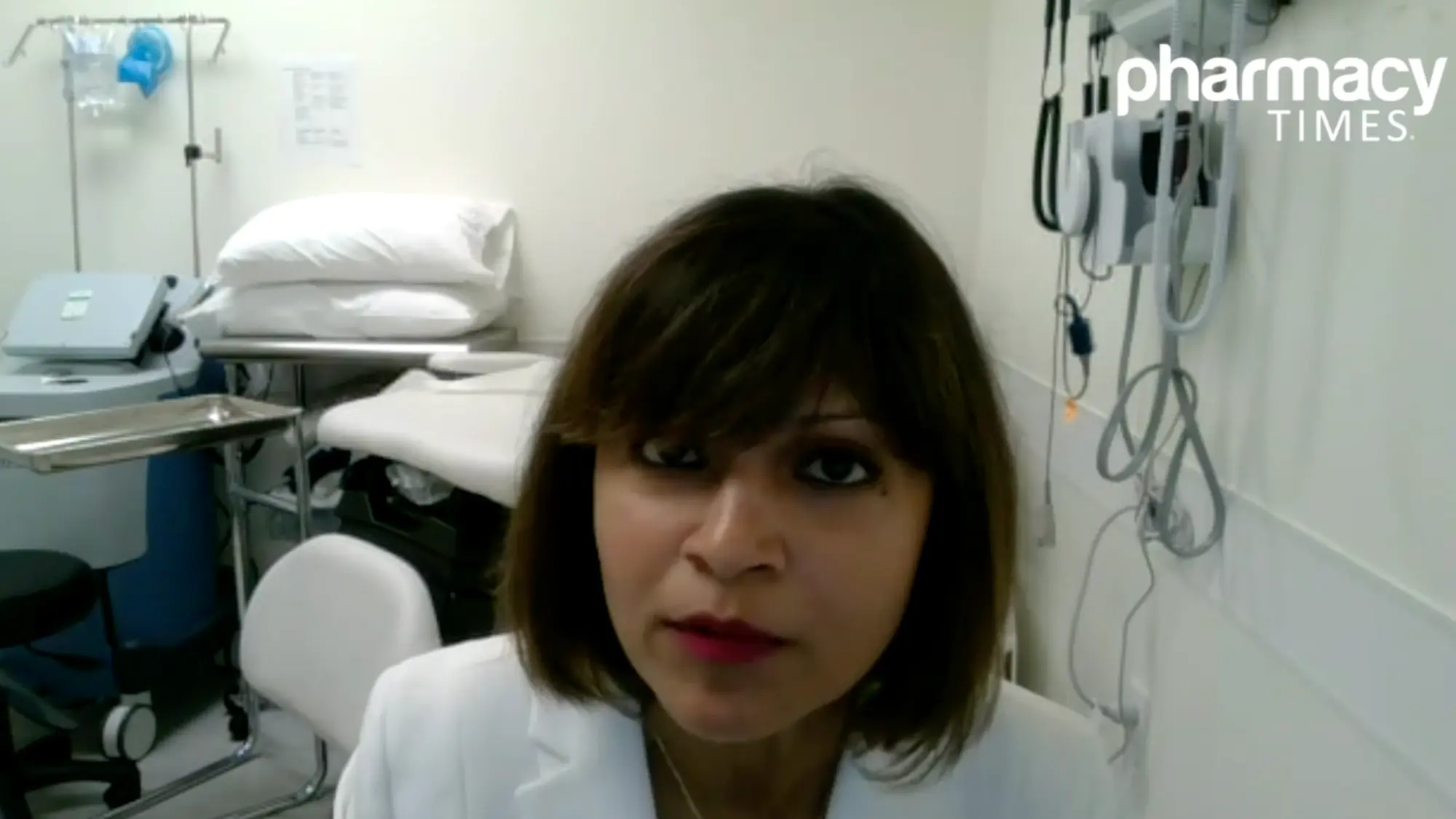In an interview with Pharmacy Times®, Namrata Shah, MD, infectious disease physician at Whitman-Walker Medical Clinic, details the development and recent FDA approval of lenacapavir (Yeztugo; Gilead Sciences) as a twice-yearly subcutaneous pre-exposure prophylaxis (PrEP) option, emphasizing its distinct mechanism of action and long-acting profile.
Originally approved for treatment-experienced individuals with HIV, lenacapavir’s role has expanded due to compelling data from the PURPOSE 1 and 2 trials, which demonstrated up to 100% efficacy in diverse high-risk populations, Shah explains. Shah highlights its potential to improve adherence, reduce stigma, and offer greater autonomy by meeting patients where they are—especially those unable to consistently take daily oral medication.
Pharmacy Times: Could you provide some background to the approval of lenacapavir for twice-yearly PrEP?
Key Takeaways
- Lenacapavir, a novel capsid inhibitor, demonstrated 100% efficacy in the PURPOSE 1 trial and 99.9% in PURPOSE 2, supporting its approval as a twice-yearly HIV prevention option.
- Its subcutaneous, long-acting formulation offers a compelling alternative to daily oral PrEP or bimonthly injections, helping overcome adherence challenges and stigma.
- Broader adoption and supportive infrastructure will be critical to ensuring equitable access and maximizing lenacapavir’s preventive impact in high-risk populations.
Namrata Shah, MD: Lenacapavir is a first-in-class capsid inhibitor. It was initially developed for people who are heavily treatment-experienced and living with HIV. There was a Phase 2/3 CAPELLA study that demonstrated its effectiveness and safety in this setting, which led to the approval of lenacapavir for HIV treatment—specifically in individuals with resistant HIV—in December 2022. There was another Phase 2 study, called the CALIBRATE study, that extended these findings to treatment-naive individuals as a promising, longer-acting option in the HIV treatment toolkit. This long-acting pharmacologic profile opened the door to studying lenacapavir in the prevention space.
This culminated in the landmark PURPOSE 1 and PURPOSE 2 trials. PURPOSE 1 was conducted in Uganda and South Africa in cisgender women and adolescent girls and showed 100% efficacy with zero HIV infections in the lenacapavir group, which had about 2134 participants. PURPOSE 2 was conducted in the U.S. and other countries with about 3200 participants, including men who have sex with men, gender nonbinary individuals, transgender women, and transgender men. It showed 99.9% efficacy in preventing HIV acquisition. The data from these trials led to the FDA approval of lenacapavir for use as a twice-yearly prevention option, recently granted in June 2025.
Pharmacy Times: What distinguishes lenacapavir’s twice-yearly subcutaneous formulation from other PrEP options, and what implications does this have for adherence and long-term prevention strategies?
Shah: That’s a great question. What differentiates lenacapavir from other prevention strategies is its long-acting profile and novel mechanism of action. It’s given as a subcutaneous injection, compared to the currently approved long-acting cabotegravir, which is intramuscular. Some data presented earlier this year at CROI looked at the IQVIA prescription database and showed that PrEP persistence tends to be only 40% at 6 months. People start PrEP but don’t remain on it. Offering people choice and autonomy can overcome traditional barriers to persistence. PURPOSE 1 showed that people often change their minds, even switching between injectable and oral PrEP. A one-size-fits-all approach doesn’t work in prevention. The more options we have, the more likely we are to engage high-priority populations and bend the epidemic curve for HIV.
Lenacapavir as a prevention option is transformative for adherence—especially for people who struggle with daily adherence, experience pill fatigue, face stigma, or have privacy concerns around carrying oral PrEP bottles. For those who are injection-averse, lenacapavir offers an alternative to the currently approved injectable given every two months, with less frequent injection visits. To reach its full potential, health systems and insurers must adopt lenacapavir, and alternative delivery models should be provided to ensure equitable access and robust support for follow-up and retention.
Pharmacy Times: Can you discuss the safety and efficacy findings from the PURPOSE 1 trial and how they support lenacapavir’s use in populations at elevated risk for HIV?
Shah: Absolutely. PURPOSE 1 actually received a standing ovation at IAS when first presented. It was a phase 3, randomized, double-blind, active-control trial evaluating lenacapavir for HIV prevention. It was conducted in South Africa and Uganda in adolescent girls and young women—high-risk populations who are often underrepresented in PrEP research. There were zero new HIV infections among the 2134 participants who received lenacapavir, translating to 100% efficacy during the blinded phase. The comparator was daily oral PrEP.
This high efficacy was observed in a real-world, high-incidence setting, which makes the results especially impactful. Lenacapavir was well tolerated with no serious safety concerns. Most side effects were mild or moderate and similar to other injectables. No participants discontinued due to adverse effects. These results show that twice-yearly lenacapavir is highly effective and may reduce adherence barriers—particularly for individuals unable to take daily oral medications. It supports expanding the PrEP toolbox with discreet options for populations most in need.
